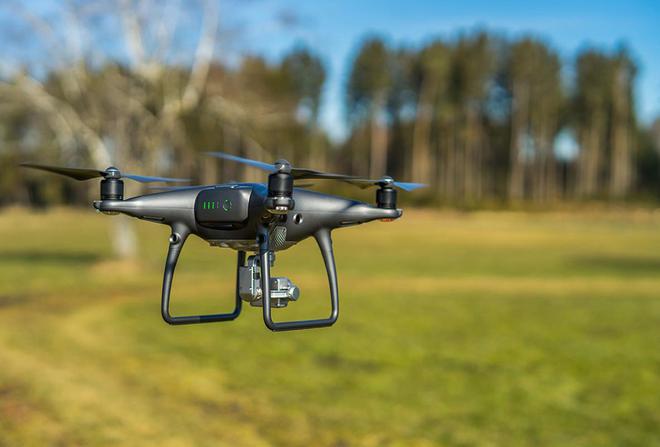Target drones have revolutionized the way many industries approach testing and training, thanks to their versatility and adaptability. These unmanned aerial systems are designed to simulate realistic threats for military operations, providing a safe and controlled environment where personnel can practice tactical maneuvers and refine their skills. With advancements in technology, target drones have grown more sophisticated, allowing them to mimic the flight patterns and behaviors of various enemy aircraft.
Military Applications
In the military context, target drones serve as crucial tools for training pilots and ground forces. They enable the simulation of real-world scenarios without the risk of live combat, enhancing preparedness and response strategies. For example, drones can be equipped with radar reflective materials or heat signatures to help simulate different threat levels. Furthermore, target drones can be integrated into training exercises that involve missile systems, providing a dynamic and responsive target that helps operators calibrate their skills. As nations develop new aerial combat technologies, the demand for more advanced target drones continues to rise.
Commercial and Civil Uses
Beyond military applications, target drones have found their way into the commercial and civil sectors. These drones can be used for product testing, such as assessing the durability of private aircraft against potential threats or collisions. Additionally, civil organizations utilize these drones for emergency response drills, helping prepare communities for potential disasters by simulating rescue operations and evacuation procedures. Furthermore, the entertainment industry has leveraged target drones to ensure the safety of stunts and aerial performances, providing reliable platforms for practice and execution.
Technological Advancements

One of the most exciting aspects of target drones is the continuous technological advancements that drive their development. With AI integration, drones are becoming increasingly autonomous, allowing them to execute complex maneuvers with minimal input from operators. This development opens up opportunities for more intricate training scenarios and improves the accuracy and reliability of the drone during exercises. Additionally, improvements in materials and propulsion systems have led to faster and more durable drones, which can withstand harsh conditions and operate in challenging environments.
Moreover, the incorporation of machine learning has enabled target drones to adapt and respond to new threats, learning from each exercise to provide even more realistic simulations. As technology progresses, we can anticipate drones that replicate not only enemy aircraft but also cyber threats, providing a comprehensive training tool.
Future Prospects
The future of target drones is bright, with potential expansions into scientific research and environmental monitoring. In scientific applications, drones could be used to gather data from dangerous or inaccessible locations, providing insights into climate change, wildlife patterns, and more. By equipping drones with specialized sensors, researchers can collect valuable information without compromising human safety.
In the aviation sector, target drones could facilitate the testing of new flight technologies, allowing companies to experiment with innovative designs before risking human lives or expensive equipment. As renewable energy becomes more prevalent, drones might also be employed to test the efficiency and resilience of wind turbines and solar panels against various environmental conditions.
Frequently Asked Questions

- What are target drones primarily used for?
Target drones are mainly used for military training to simulate enemy aircraft, testing missile systems, and honing pilots’ skills. They also have applications in commercial testing and civil emergency preparedness. - How do advancements in technology impact target drones?
With AI integration and machine learning, target drones are becoming more autonomous, adaptable, and reliable. These improvements allow for more realistic training scenarios and comprehensive threat simulations. - Could target drones be used for scientific purposes?
Yes, potential expansions include using drones for environmental monitoring and scientific research, where they can safely gather data from difficult-to-reach areas.